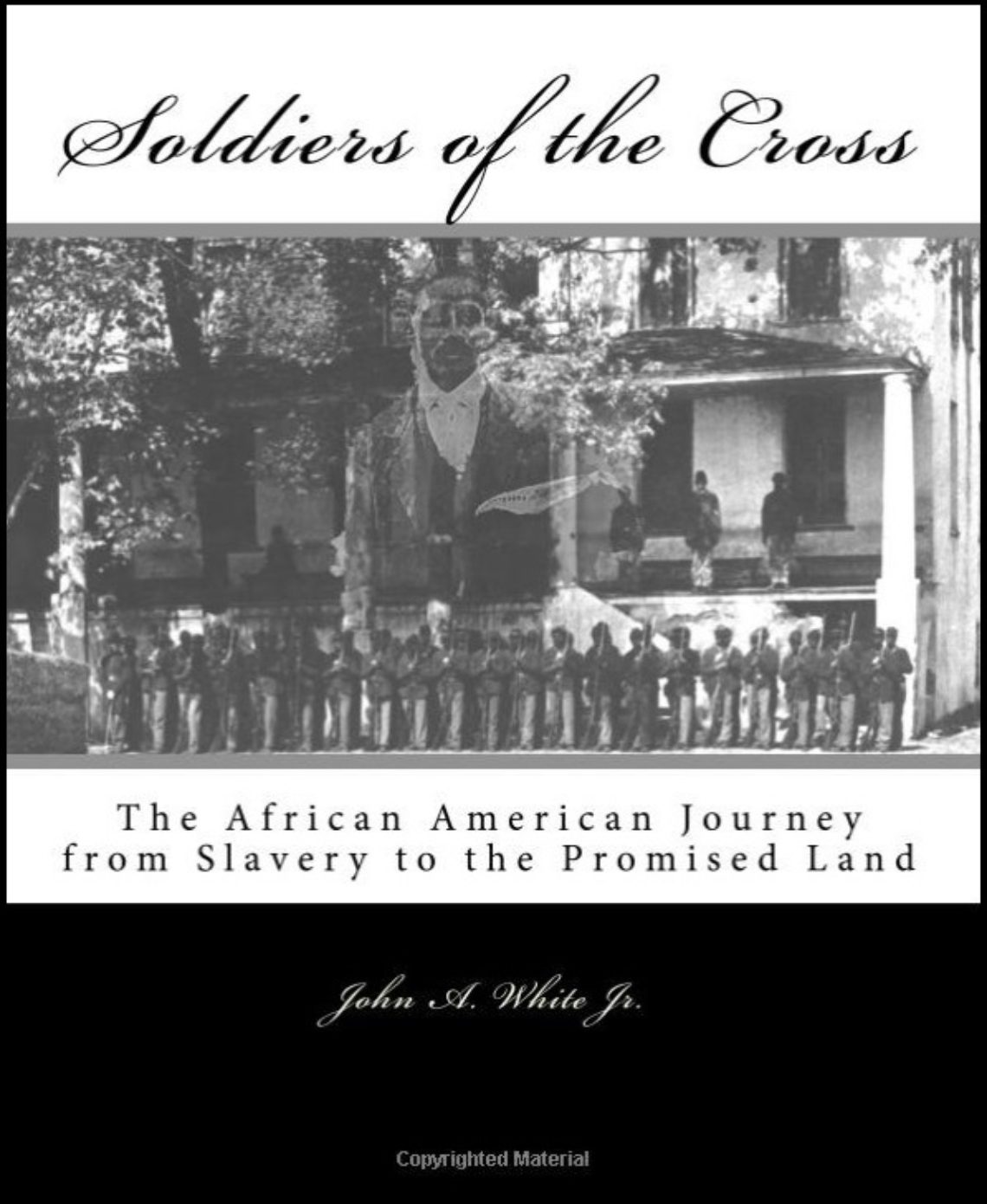The Gospel Army was the first black regiments to go into battle.

Fig. 18. Top: First South Carolina Colored Volunteers, from a sketch by Colonel Brewerton (Author’s Collection)
Bottom: Captioned “The War in South Carolina—a Negro regiment attacked by rebels and bloodhounds—from a sketch by our special artist, W. T. Crane,” (Frank Leslie’s Illustrated, March 5, 1864)
“The first actual fighting by organized colored troops of which there is official record took place on St. Helena Island, South Carolina, October 26, 1862, when the pickets of company A, 1st. south Carolina Volunteers, under Captain Trowbridge, fired upon and drove back two boat-loads of Confederates who had attempted a landing.”[1]
Thomas Wentworth Higginson
Below is the unit history of the First South Carolina Volunteer Infantry (US) taken from Dyer’s Compendium.
“Before muster, 3 companies on Expedition along the coast of Georgia and Florida on during November 3-10, 1862. Spalding’s, on Sapello River, GA, November 7 (Company “A”). Doboy River Island until March 1863. Expedition from Beaufort up the St. Mary’s River in Georgia and Florida during January 23 – February 1. Skirmish at Township on January 26. Expedition from Beaufort to Jacksonville, FL, on March 23-31. Skirmish near Jacksonville on March 29. At Beaufort, SC, until January 1864. Expedition up South Edisto River during July 9-11, 1863. Action at Williston Bluff, Pon Pon River on July 10. Expedition to Pocotaligo, SC, during November 23-25 (Companies “E” & “K”).
Skirmish near Cunningham’s Bluff on November 24. (Companies “C” and “K” at Hilton Head, SC, until September, 1863, returning to Beaufort, SC; Companies “A” & “F” moved to Hilton Head, SC, during January, 1864. Expedition to Jacksonville, FL, during February 6-8. Designation of Regiment changed to 33rd Infantry Regiment, USCT on February 8, 1864”[2]
Harriet Tubman was popular among the Massachusetts abolitionists. Governor John Andrew of Massachusetts asked Tubman to assist General Hunter in South Carolina with the thousands of newly freed slaves. Tubman recruited and led scouts into Confederate territory to report troop movement and strength. Tubman also recruited troops for the Second South Carolina volunteers with Colonel Montgomery. Hunter asked Tubman to “go with several gunboats up the Combahee River, the object of the expedition being to take up the torpedoes placed by the rebels in the river, to destroy railroads and bridges, and to cut off supplies from the rebel troops.” Tubman agreed and asked for the appointment of Colonel Montgomery; he was given command of the Second South Carolina Volunteers (Colored). The expedition made Tubman the first woman in American history to lead an army into battle. The following article was published in the Boston Commonwealth, a Boston newspaper, on July 10, 1863.
“Col. Montgomery and his gallant band of 300 black soldiers, under the guidance of a black woman, dashed into the enemy’s country, struck a bold and effective blow, destroying millions of dollars worth of commissary stores, cotton and lordly dwellings, and striking terror into the: heart of rebellion, brought off near 800 slaves and thousands of dollars worth of property, without losing a man or receiving a scratch. It’ was a glorious consummation.”[3]
[1]Thomas Wentworth Higginson, “Colored Troops Under Fire”, The Century Illustrated Monthly Magazine, Volume 32; Volume 54, Scribner & Company; The Century Company, 1897 – American literature, 194.
[2] Frederick Henry Dyer, A compendium of the War of the Rebellion (Des Moines, Iowa: The Dyer Publishing Company, 1908), 1636.
[3] Lerone Bennett Jr., Before the Mayflower (Penguin Books, New York, New York)207.
